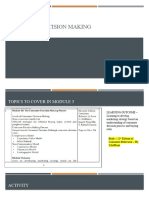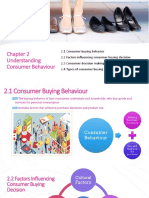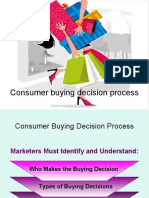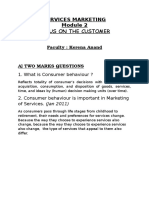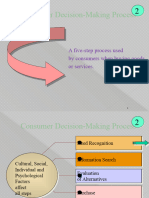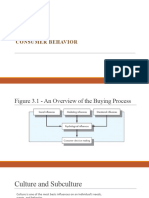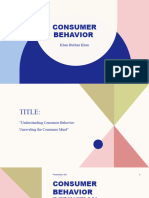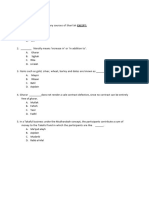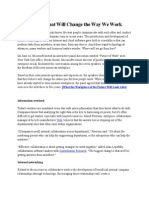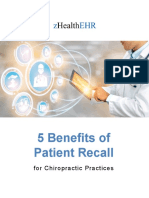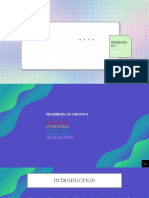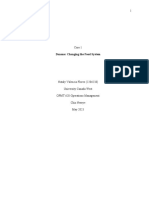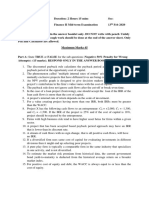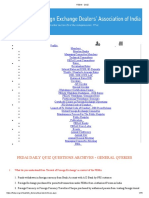0% found this document useful (0 votes)
14 views13 pagesGIB Topic 2
The document outlines the consumer decision process, which includes stages such as problem recognition, information search, evaluation of alternatives, purchasing, and post-purchase behavior. It emphasizes the importance of understanding consumer behavior in making purchasing decisions and the factors influencing each stage. Additionally, it discusses the implications of consumer satisfaction and loyalty following a purchase.
Uploaded by
Ines Alarcon FernandezCopyright
© © All Rights Reserved
We take content rights seriously. If you suspect this is your content, claim it here.
Available Formats
Download as PDF, TXT or read online on Scribd
0% found this document useful (0 votes)
14 views13 pagesGIB Topic 2
The document outlines the consumer decision process, which includes stages such as problem recognition, information search, evaluation of alternatives, purchasing, and post-purchase behavior. It emphasizes the importance of understanding consumer behavior in making purchasing decisions and the factors influencing each stage. Additionally, it discusses the implications of consumer satisfaction and loyalty following a purchase.
Uploaded by
Ines Alarcon FernandezCopyright
© © All Rights Reserved
We take content rights seriously. If you suspect this is your content, claim it here.
Available Formats
Download as PDF, TXT or read online on Scribd
/ 13
